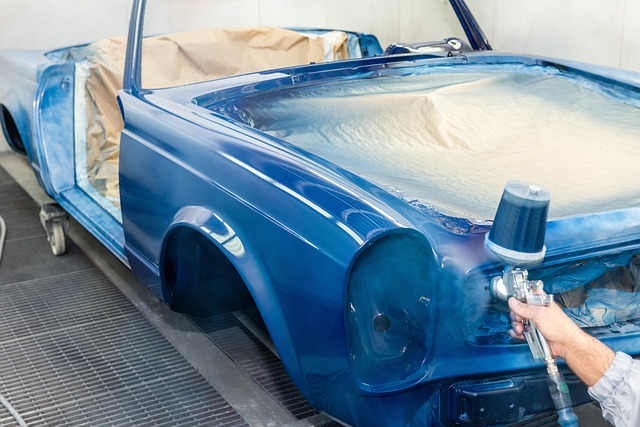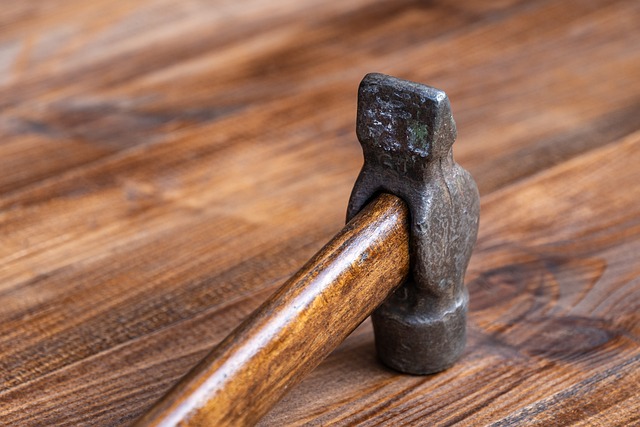Before repairing a system boiler, assess leak type and severity. Gather necessary tools and materials for DIY repairs. Shut off the boiler at the main valve for safety. Follow step-by-step guidance for minor leak repairs using plumbing sealant. Prioritize professional assistance for complex or recurring issues with system boiler repair service.
“Learn how to fix a boiler leak without professional help and save on costly repairs. This comprehensive guide walks you through assessing the leak, identifying the source, and gathering the right tools for a successful system boiler repair. Before you begin, ensure safety by turning off your boiler. Follow our step-by-step guide to effectively fix and seal the leak, empowering you with the knowledge of a professional system boiler repair service.”
- Assess the Leak: Identify the Source and Type
- Gather Tools: What You'll Need for Repair
- Turn Off the Boiler: Safety Precautions First
- Fix and Seal: Step-by-Step Guide to Repairs
Assess the Leak: Identify the Source and Type

Before attempting any system boiler repair service, it’s crucial to assess the leak and identify its source and type. Start by observing where water is accumulating and how quickly the leak is occurring. This can give you clues about the severity of the issue and its origin. Check for visible signs like cracks in pipes or connections, which often indicate a break or loose seal.
Pay attention to different types of leaks: continuous drips from a single point suggest a faulty valve or gasket, while a gushing sound could point to a more serious problem with your boiler’s internal components. Remember, the type of leak will determine the appropriate seasonal boiler care tips and sometimes even guide you towards exploring solar boiler integrations for future-proof solutions. Moreover, understanding these issues is key to effectively repairing old boilers that might otherwise require replacement.
Gather Tools: What You'll Need for Repair

Before tackling any system boiler repair yourself, it’s crucial to arm yourself with the right tools and materials. For a successful fix, you’ll need a few essential items, especially for addressing common issues like leaks. Gather a set of wrenches or pliers for tight connections, as these are often the culprits behind leaks in the heating system. Also, ensure you have some high-quality plumber’s tape or pipe compound to seal any joints or connections securely, preventing further leaks.
A multimeter is invaluable for checking electrical components and wiring a new boiler if necessary. Additionally, having a replacement thermostat and a kit for extending the lifespan of your boiler can be beneficial. With these tools at hand, you’ll be better equipped to fix broken boilers quickly and efficiently, extending their overall lifespan through proactive care.
Turn Off the Boiler: Safety Precautions First

Before attempting any system boiler repair yourself, it’s crucial to prioritize safety by turning off the boiler immediately. This simple step is a vital first step in any DIY boiler maintenance routine. Most boilers have a main shut-off valve, typically located near the base of the unit or on a nearby control panel. Closing this valve stops the flow of water and gas, preventing potential accidents while you diagnose and address the leak.
Remember, safety should always be your top concern when dealing with plumbing and heating systems. If you’re unsure about any aspect of the process, don’t hesitate to consult a local plumber for boiler issues who can provide expert advice or perform same-day boiler replacement if necessary. Diagnosing boiler faults accurately is key to effective system boiler repair service.
Fix and Seal: Step-by-Step Guide to Repairs

Fixing a leak on your system boiler can be a DIY project if you’re comfortable with basic plumbing and have the right tools. Here’s a step-by-step guide to help you get started. Begin by turning off the boiler’s power supply at the main control panel to ensure safety during the repair process. Next, locate the leaking area – this could be around connections, joints, or valves. Using an appropriate sealant or adhesive designed for plumbing applications, carefully apply it to the leak points. This should create a secure seal and stop any further leakage.
For more persistent issues, consider implementing insider boiler maintenance tips such as regular cleaning and inspection. Preventative maintenance plans can also help extend the life of your system boiler by catching potential problems early on. Remember, while these steps cover minor repairs, for complex or recurring boiler repair needs, it’s advisable to consult a professional system boiler repair service to ensure thorough and safe fixing.
While a system boiler leak can be inconvenient, it’s repairable with the right knowledge. By assessing the source and type of the leak, gathering the necessary tools, prioritizing safety, and following a step-by-step guide, you can effectively fix the issue without relying on a professional service. These DIY methods can save time and money, ensuring your system boiler functions optimally once again.
